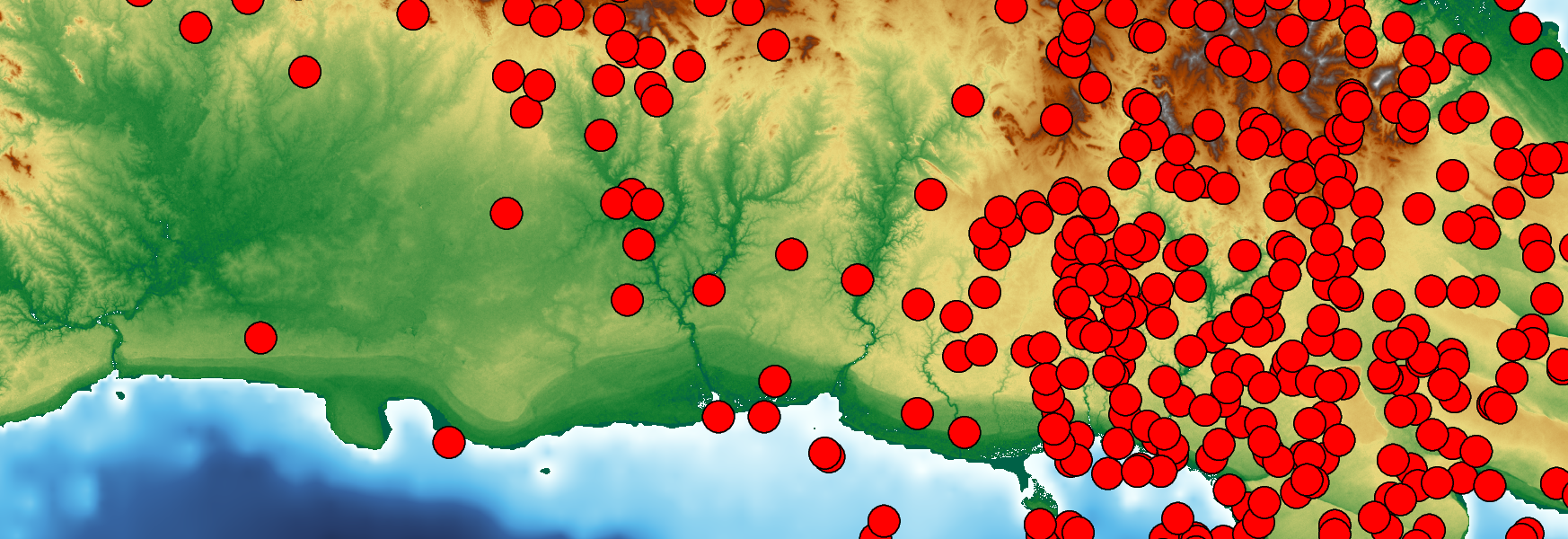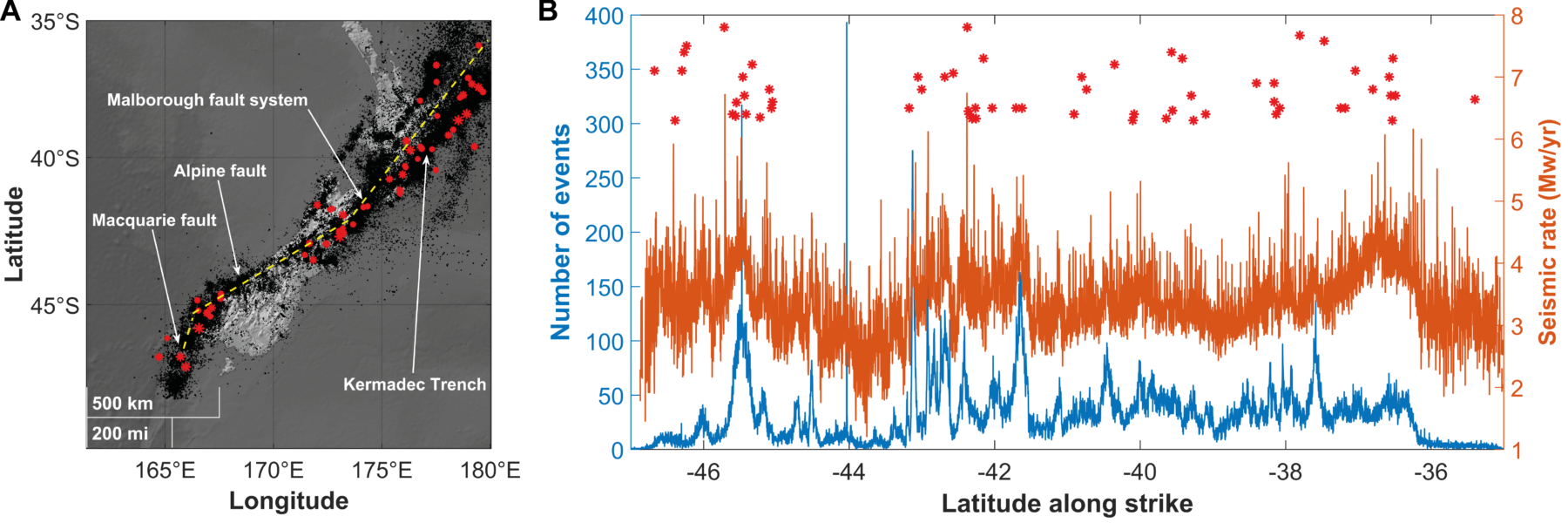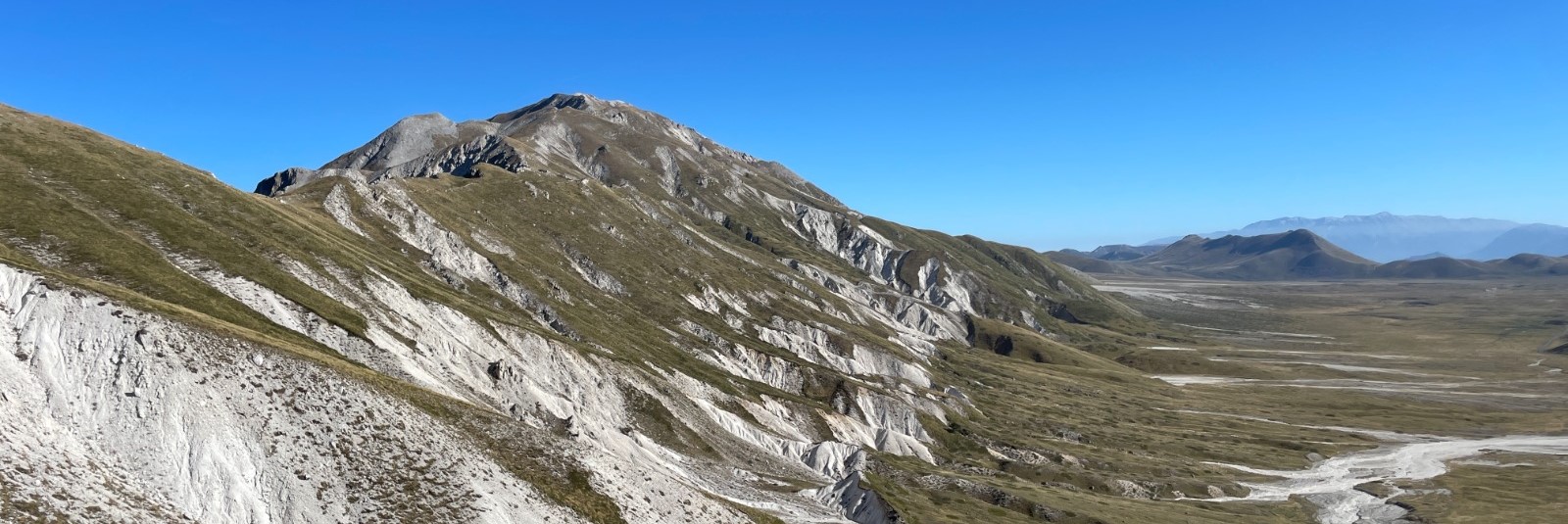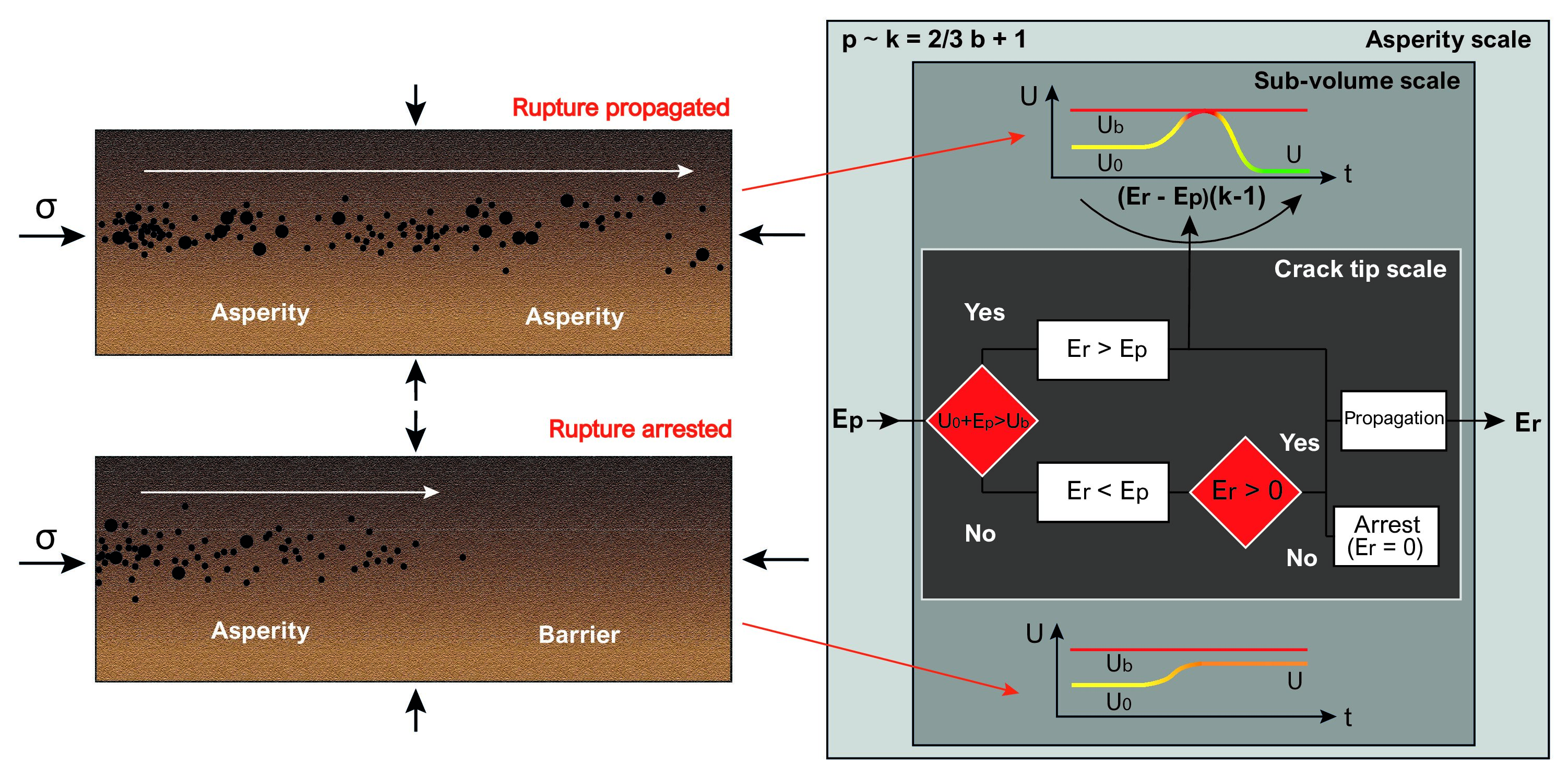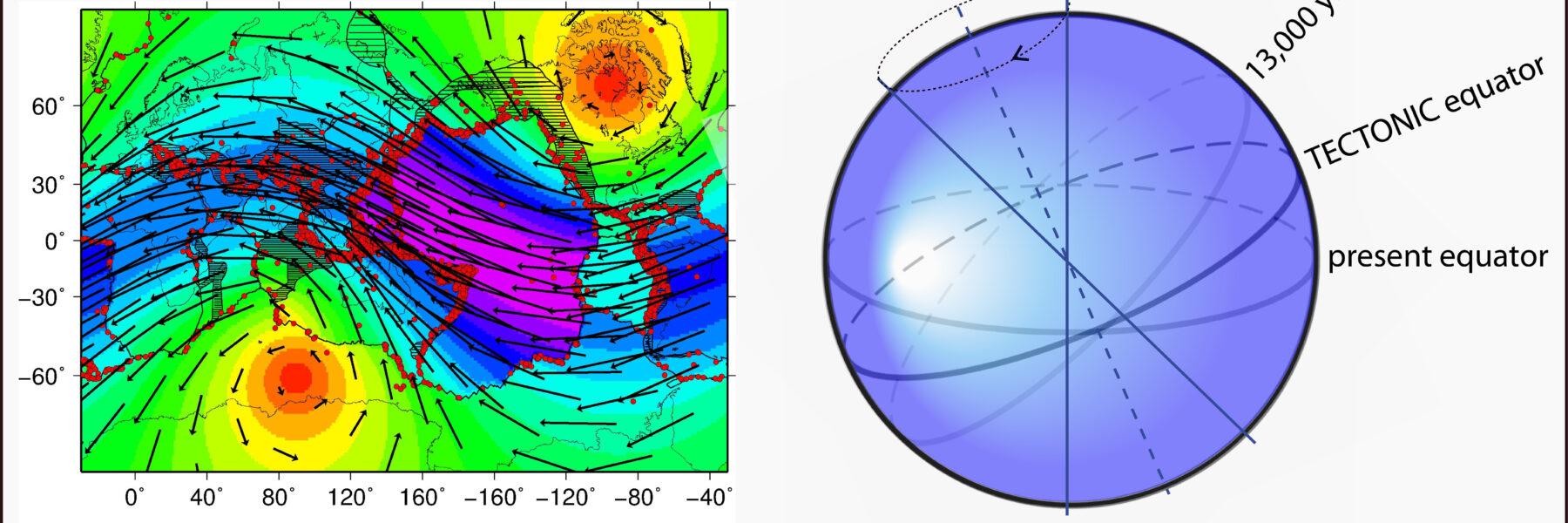Earthquakes are mechanical instabilities in the brittle lithosphere produced by the progressive accumulation of stress in the crust over centuries. The more extended the fractures, …
Read full textAuthor: wp_15288203
Fault dip vs shear stress gradient
In the brittle regime, faults tend to be oriented along an angle of about 30 relative to the principal stress direction. This empirical Andersonian observation …
Read full textClustering Analysis of Seismicity in the Anatolian Region with Implications for Seismic Hazard
The Anatolian region is one of the most seismically active tectonic settings in the world.Here, we perform a clustering analysis of Turkish seismicity using an …
Read full textGlobal versus local clustering of seismicity: Implications with earthquake
prediction
Clustering is the essence of earthquake occurrence. Although not exhaustive, our analysis is a first attempt to understand what information may be hidden in partial, …
Read full textThe impact of faulting complexity and type on earthquake rupture dynamics
We analysed the earthquake double-couple as a function of the faulting type. Here we show that it impacts the moment tensors of earthquakes: thrust-faulting events are characterized by higher double-couple components with respect to strike-slip- and normal-faulting earthquakes.
Read full textCorrelation between seismic activity and tidal stress perturbations highlights growing instability within the brittle crust
Faults become more and more responsive to stress perturbations as instability mounts. We utilize this property in order to identify the different phases of the seismic cycle.
Read full textScaling properties of seismicity and faulting
In this work, a model for describing the size-frequency scaling and the temporal evolution of seismicity is proposed starting from simple assumptions. The parameter describing how the number of earthquakes decreases after a major seismic event, p, turns out to be positively correlated to the exponent of the frequency-size distribution of seismicity, b, and related to tectonics.
Read full textVariable seismic responsiveness to stress perturbations along the shallow section of subduction zones: the role of different slip modes and implications for the stability of fault segments
Assessing the stability state of fault interfaces is a task of primary interest not only for seismic hazard, but also for understanding how the earthquake machine works
Read full textEarth’s gradients as the engine of plate tectonics and earthquakes
The processes occurring on the Earth are controlled by several gradients. The surface of the Planet is featured by complex geological patterns produced by both …
Read full text
